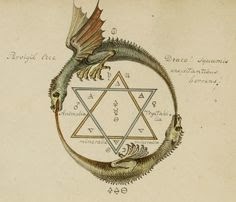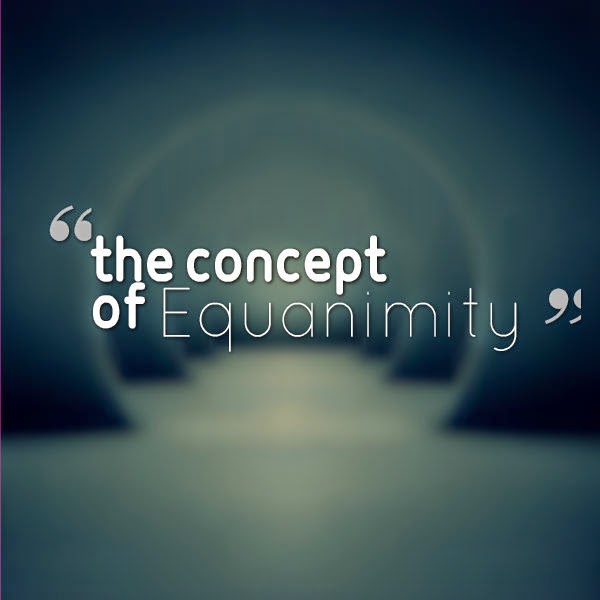Tantra: The Forbidden Fruit (Part 1)
Tantra has always remained a very mischievous topic. For the simple fact that, tantra identifies life as the pure form of bliss, and not suffering. For a practitioner of Tantra, every situation and every happening is a great opportunity to understand the ultimate.
Let me just present a story, for understanding how absurd tantra can be.
"Once there lived a great yogini. Her name was Laksminkara (provider of fortune). She was born in a royal family in Udyana (modern day swat valley in Pakistan). The king decided to get her married at an very early age. But she refused to get married and left the palace and went to practice Tantric meditations in cremation grounds. She did so for seven years. And finally attained enlightenment. Her own brother King Indrabhuti, was her Tantric consort, guru and student. The villagers soon started to scorn her for having sexual relationship with her own brother. It is said, she cut her head off, and paraded through streets to demonstrate her attainment of ultimate realization."
Laksminkara, is credited to have transmitted The Six Texts of Vajravarahi. Which are the set of sadhanas (practices) to goddess Vajrayogini. Laksminkara teaches that renunciation of life and desires is futile. One must honor the sacredness of daily life. And practice and worship, the body as the tool for the great pleasure and great bliss. If one, wants to read more about Laksminkara, they can do so by reading 'Tengyur', which contains the commentaries on nine texts of Laksminkara.
For a very simple understanding, we can categorize Tantra as:
1. Kriya Tantra (the Tantra of Action)
2. Karya Tantra (the Tantra of Performance)
3. Yoga Tantra (the Tantra of Union)
4. Yogini Tantra (the Tantra of Goddess)
Swami Satyananda explains that, Tantra, embodies two very specific words. Tanoti and Trayoti. Tanoti is the expansion and Trayoti is the liberation. Which leads to the understanding of matter and consciousnesses. The purusha and prakriti.
Tantra follows no 'ists' and 'isms'. Its free not just in itself, but in any interpretation needed. Tantra might also be the greatest movement for understanding the feminine energy. In Tantra, every being is an equal being. Which can possibly seen in the stories about Naropa. It is said, twelve hundred of Naropa's disciples attained enlightenment. Of which thousand were female and two hundred were male. This has never happened in the whole history of humanity. Naropa is a prominent master of Vajrayana Buddhism.
Tantra, is the dance with the infinite reality. Cakrasamvara Tantra, puts forth the concept that, one can never understand the reality. But once can dance with it, and become the dance of the inconceivable play of Buddhas. This is why Vajrayana, is defined as the indestructible path. Because the path and the goal are indestructible. They happen correspondingly and spontaneously.
The universal reality, for a practitioner of Tantra, is the play of constantly changing appearance and the permanently unchanging essence. For that life is the state and stages of spontaneous love, playfulness and erotic aliveness. In which, the human is authentically present. The human is in a continuous thread of deep and ecstatic aliveness. One needs to involve in the world, to evolve. And that is the concept of 'leela', the divine creative play of the ultimate and 'vilasa', the eroticness of such play. Hence the reality is Shahaja (Inate).
The Shahaja consists of four characteristics:
1. Evam (Pure Appearance): All appearance are real, pure and erotic.
2. Maharaga (Great Passion): All desires are real, pure and erotic.
3. Tattva (Essence): Ultimate Reality is real, pure and erotic.
4. Mahasukha (The Great Bliss): The great bliss is the erotic union of worldly and the ultimate bliss.
We must understand, what erotic means here. Erotic is the way the universe functions. The balancing force of duality. For example, the universal wisdom and the methods, erotically desire each other. The male, and the female channels, bindus, and even chakras, attract each other and fulfill each other in the perfect erotic elasticity. The birth is an erotic process of union. And so on. This is the universal flow of great passion. Which can lead to the endless and great bliss.
The great bliss is existentially one. But while in the sexual union converts to five distinct forms. Which is fundamentally known as the Five Families of Buddha. Hevajra Tantra reveals that, out of the pure and supreme erotic delights, the primordial wisdom emanates as the 'Five Buddha Families'. The Pancha Kula.
The Pancha Kula, regulate the universal and conscious flows of energies. Without which the life is not possible. The regulated flows of the energies are responsible to create and sustain life in the worlds. The Five Buddhas, have Five Consorts. These five couples hence are the dynamic biunits of universal erotic'ness, The Great Passion.
The Five Families (the Buddhas and their Consort) are:
1. The Buddha Family: Vairochana and Lochana
2. The Vajra Family: Aksobhya and Mamaki
3. The Lotus Family: Amitabha and Pandara
4. The Action Family: Amoghasiddhi and Samaya Tara
5. The Jewel Family: Ratnasambhava and Dhatvisvari
The human emotions are the great wisdom. Life a jungle of fire, they are the Yogi's helpers. -Naropa
Photo Credit: https://blogger.googleusercontent.com/img/b/R29vZ2xl/AVvXsEioVXri1DDmnb5E8D0aik2FJKJAv83CNNovNDA7HGHhJRIfIjuevVozLn9AXmktXMYyWNJz9AGVX0KOpWavuMwTn3wRte0FtdW72GP2XBx0bx0V71W5f0UuYNv2eJvw7YZ10V-ZR0KaVc4/s1600/minimal%252Bposter%252Bdesigns%252B60.jpg




Comments